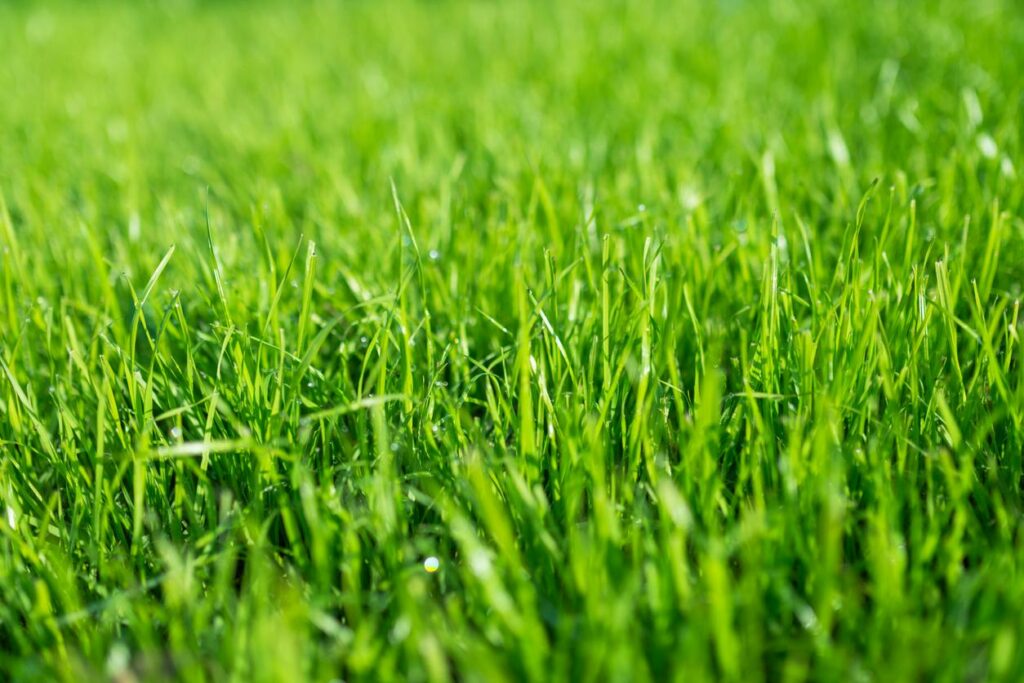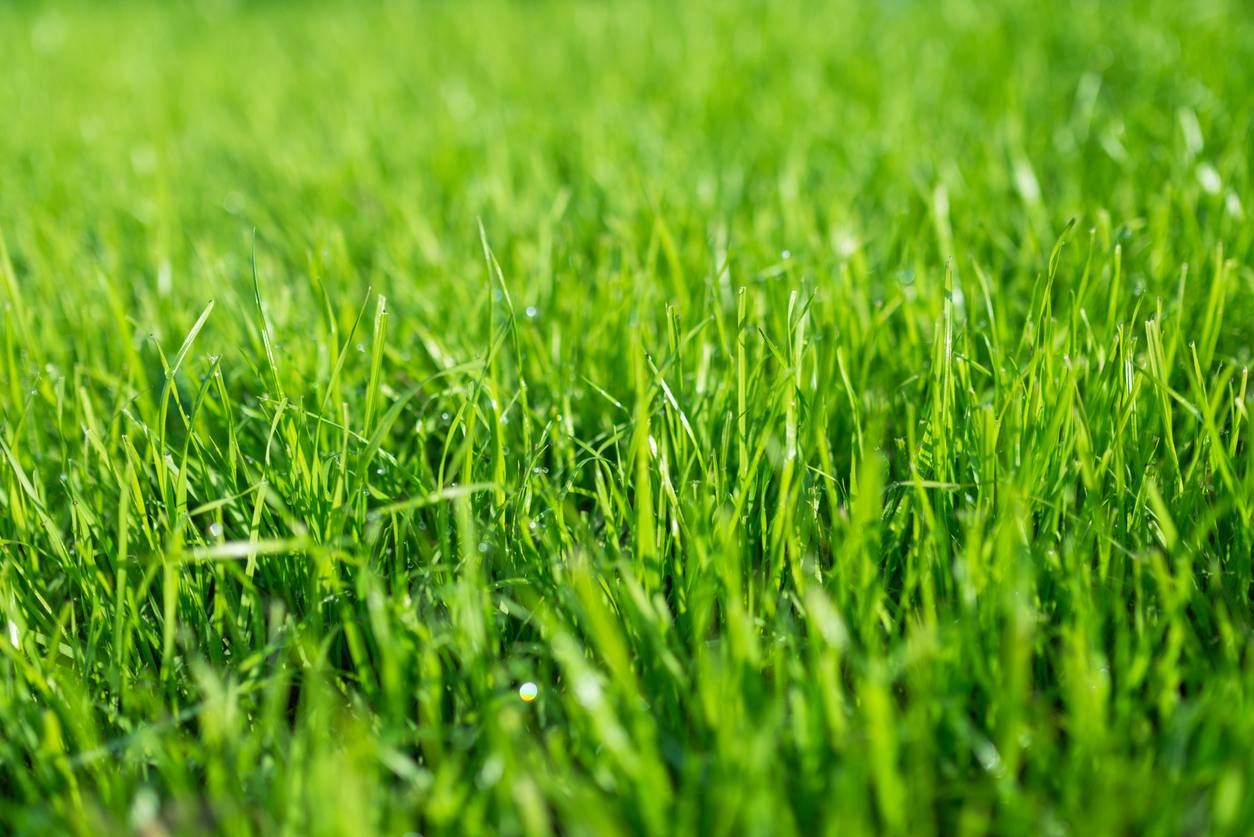Fine Fescue Grass: All About Growing and Care For Fine Fescue
When it comes to lawn grass, you want soft, lush, and fine blades. Fine fescue grass fits this bill. Of all the fescue grass family, fine fescue grass is the most suitable for your lawn. It’s drought-resistant and rather than wither and die, this hardy grass will turn brown until you water it. Whether you like your lawn mowed and well-manicured or you have a dune or grassy knoll you like to give a more natural look, fine fescue grass serves the purpose either way.

Add to that it’s low maintenance and the many varieties available for you to choose from, and you can see why fine fescue grass is one of the most popular turfgrass both in the USA and Canada. If you’re considering it for your lawn, this post will help you navigate your way through planting and caring for fine fescue grass.
Benefits of Fine Fescue Grass
As a cool season grass, fine fescue is one of the hardiest types of grass that can withstand cold temperatures and looks green and fresh all year round. Of course, you’ll need to provide it with adequate water and fertilizers to maintain its year-long beauty. However, the benefits of fine fescue grass extend beyond that.
- Seeds germinate faster than other grass types.
- The leaf texture of this grass is one of the finest you can come across all turfgrass.
- The density of this grass gives it a superior quality.
- Survives well on natural soil nutrition and even low-nitrogen soil.
- You can grow it in different types of soil from sandy and rocky to clay soil and it will thrive without issues.
- It can handle drought well although it will turn brown and go dormant.
- Tolerates salty soil and moderate levels of salt crystals.
- Fine fescue grass thrives both in sunny lawns as well as partially shaded ones.
- The grass is suitable both for flat areas and elevated or mountainous regions.
- Fine fescue grass blends well with other types of grass including perennial rye and bluegrass.
Fine Fescue Grass Varieties
To be fair, fine fescue grass is an umbrella term that covers a wide variety of types. That’s good news of course especially if you’re going for a unique lawn look or have specific landscaping plans. In general, there are 5 varieties to choose from.
- Chewing Fescue (Festuca rubra): A hardy and shade-resistant variety that was first discovered in 1800. The name doesn’t imply this type is good as animal food. It has a dense yet fine texture and its color is a shade darker than other fescue varieties.
- Hard Fescue (Festuca longifolia): This variety got its name from its high tolerance to heat. You can grow it in warm climates and it would retain its bright colors and lush green appearance. From Colorado to Florida, hard fescue adorns lawns and public parks wherever you go. It thrives in dryish soil with little need for nitrogen fertilizers.
- Sheep Fescue (Festuca ovina): Best suited for lawns that get no maintenance or care. Left on their own, they thrive in different types of soil and require no fertilizers. They have a natural or wild appearance that makes them a favorite choice for slopes and elevated areas.
- Creeping Red Fescue (Festuca rubra): As the name implies, this is a creeping grass with rhizomes. It can handle shade and is popular in Canada and the Pacific Northwest. Its seeds are less expensive than other types which might appeal to people on a budget.
- Slender Creeping Red Fescue (Festuca rubra): Used often in golf courses and is tolerant of mowing as well as high salinity. They mix will with alkali grass and grow in salty soil.
How to Grow Fine Fescue Grass
When it comes to grass, the best way to grow it is with seeds. This gives you plenty of control over the quality of the grass in your lawn and allows you to fix any barren patches with do-overs. However, a fair warning. Planting fine fescue grass isn’t as simple as growing a rosebud or any perennial. So let’s get right to it.
- Before you even buy the seeds, take a look at your lawn. Does it have shaded areas or is it flooded with sunlight? If some areas don’t get much sun, then you need to pick the type of fine fescue grass variety that tolerates the shade.
- Since fine fescue is a cool season grass, you need to time your planting to its growth cycle. Usually, late summer to early fall is the best times to sow the seeds in your lawn. If you miss that optimal time then early spring is your second option.
- Ensure the soil temperature doesn’t fall below 60 degrees Fahrenheit to facilitate the germination of the seeds. Temperature above 65 degrees F isn’t good either. So you should wait for the weather to cool down before you plant the seeds.
- Test the soil for pH levels and see if you need to add fertilizers. While fine fescue grass grows in different types of soil, it thrives and looks its best in rich soil. Make sure the pH levels are between 5.5 and 7.5. Add lime or elemental sulfur to balance the pH.
- Next, prepare the soil by removing any unwanted grass and weeds. A good and thorough raking will render the lawn surface flat and ready for the seeds.
- Spread the seeds evenly on the raked soil and then rake it again to cover the seeds with a thin layer of soil.
- Roll the lawn with a roller to improve seed to soil contact.
- Water the lawn regularly to ensure the top inch of the soil is moist consistently. This is important for germination.
- Once the grass starts to grow, cut back on the watering to allow the roots to establish.
Fine Fescue Grass Care
If there’s only one thing that you’ll like about the fine fescue grass in your lawn it’s that it requires very low maintenance and care. Apart from the occasional mowing (according to your needs), you’ll hardly need to worry about it much. Even watering is set automatically with sprinklers depending on the variety you have in your lawn. So all in all, it’s a pretty low-key type of grass that won’t demand much of your time or attention.
Mowing
On average you can mow your fine fescue grass to about 3 or 4 inches high. If you like your lawn to be well manicured and the grass short, you can go as low as 1.5 inches without hurting the grass’s looks or growth. However, keep in mind that in shaded areas, the grass needs to have more leaf surface to absorb and process the light. So while the grass in sun-flooded lawns can handle a close mowing, you should allow it to grow to 4 inches or even higher in areas that don’t get much sun. Some people mow their lawns as few as two or three times a year.
Water and Food
In general, your fine fescue grass prefers drier soil over wet ones. Once the grass establishes in the soil, you should allow the topsoil to go dry before you water it. That said, you shouldn’t let the soil go completely dry for a long period of time. This causes the grass to turn brown and go dormant.
The same goes for fertilizers. Most varieties of fine fescue grass thrive on low nitrogen fertilizers although the lack of nitrogen could result in yellowish grass. You won’t need more than one or two pounds of nitrogen fertilizer per one thousand square feet of lawn. Fertilize the lawn after each mowing. If you don’t mow your grass, then fertilizing once a year in the fall should be enough.
Diseases
Since grass doesn’t attract insects, we won’t talk about pests here. However, fine fescue grass is known to have these diseases.
- Red Thread: If you notice that the lush green carpet that is your lawn is getting some different shades of red, that could be the red thread disease spreading. This disease is common in humid weather and often appears in the early spring.
- Brown Patch: Another disease caused by moisture and humidity but in warm temperatures. The grass looks like it’s dormant or dehydrated when in fact it’s the moist soil that’s causing this disease.
- Dollar Spot: Low nitrogen in the soil can result in the dollar spot. It’s a fungal disease that spreads across the lawn and tarnishes the pristine beauty of your grass. Feed your grass with a fertilizer that has adequate levels of nitrogen to remedy this problem. If left untreated, this disease could kill the grass.
Troubleshooting Common Fine Fescue Grass Problems
Even though the fine fescue grass is a hardy one that can handle different types of soil and fluctuating temperatures, it still can show signs of wear and tear with too much foot traffic. At the same time, the grass growing in shaded areas takes longer to grow than that in sunny lawns.
Also, keep in mind that worn grass can regain its sheen and grow back although that usually takes more time than other types of turfgrass you’re familiar with. So as much as possible try to avoid treading on the grass or using heavy shoes to prevent damage to the blades.
Fine fescue grass doesn’t handle herbicides that well. If you have weeds issues on the lawn, try to find other options to get rid of them. Herbicides kill fine fescue grass and you’d have to wait for weeks if not months for the soil to become clean and ready to grow the grass again.
